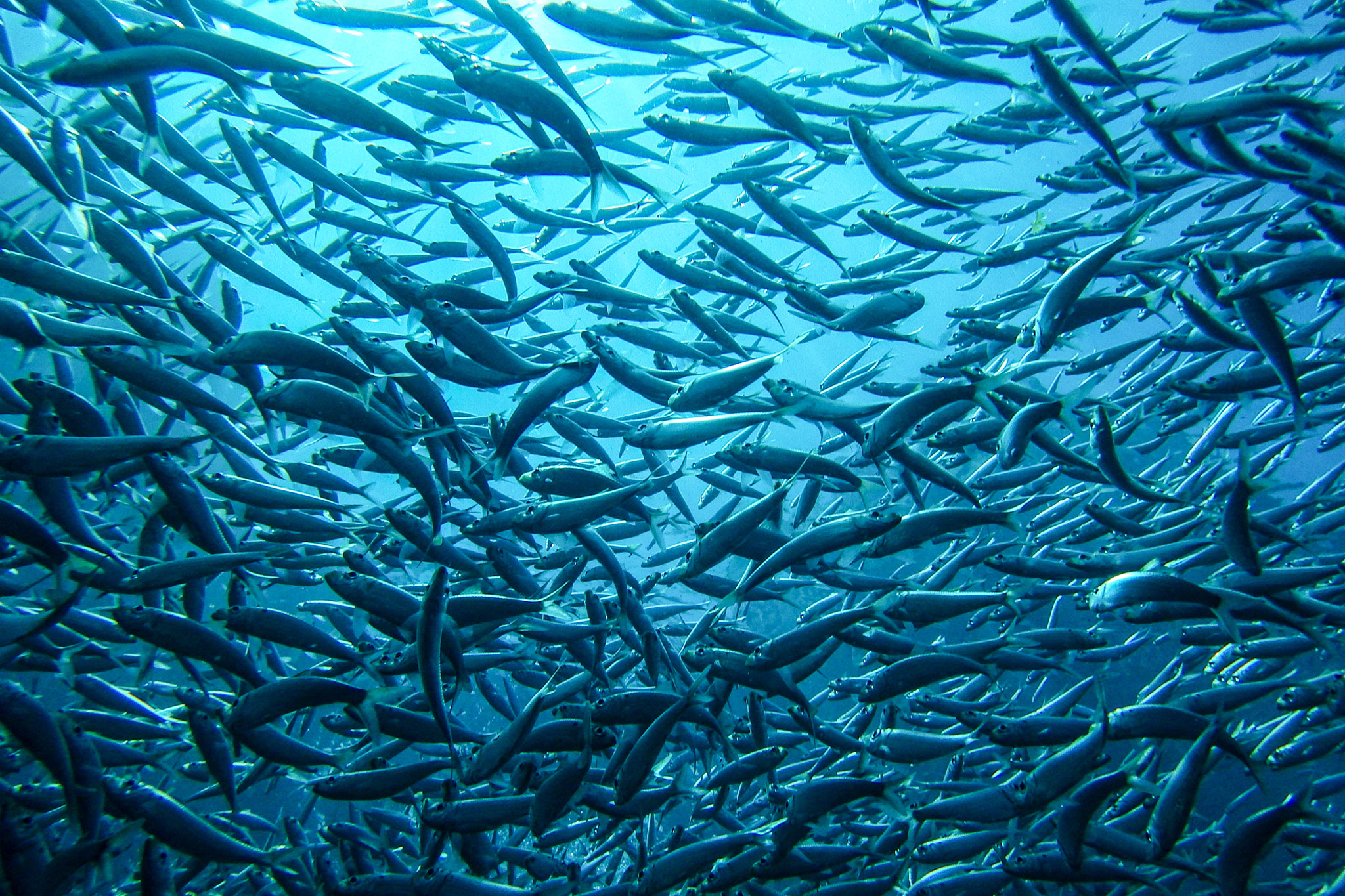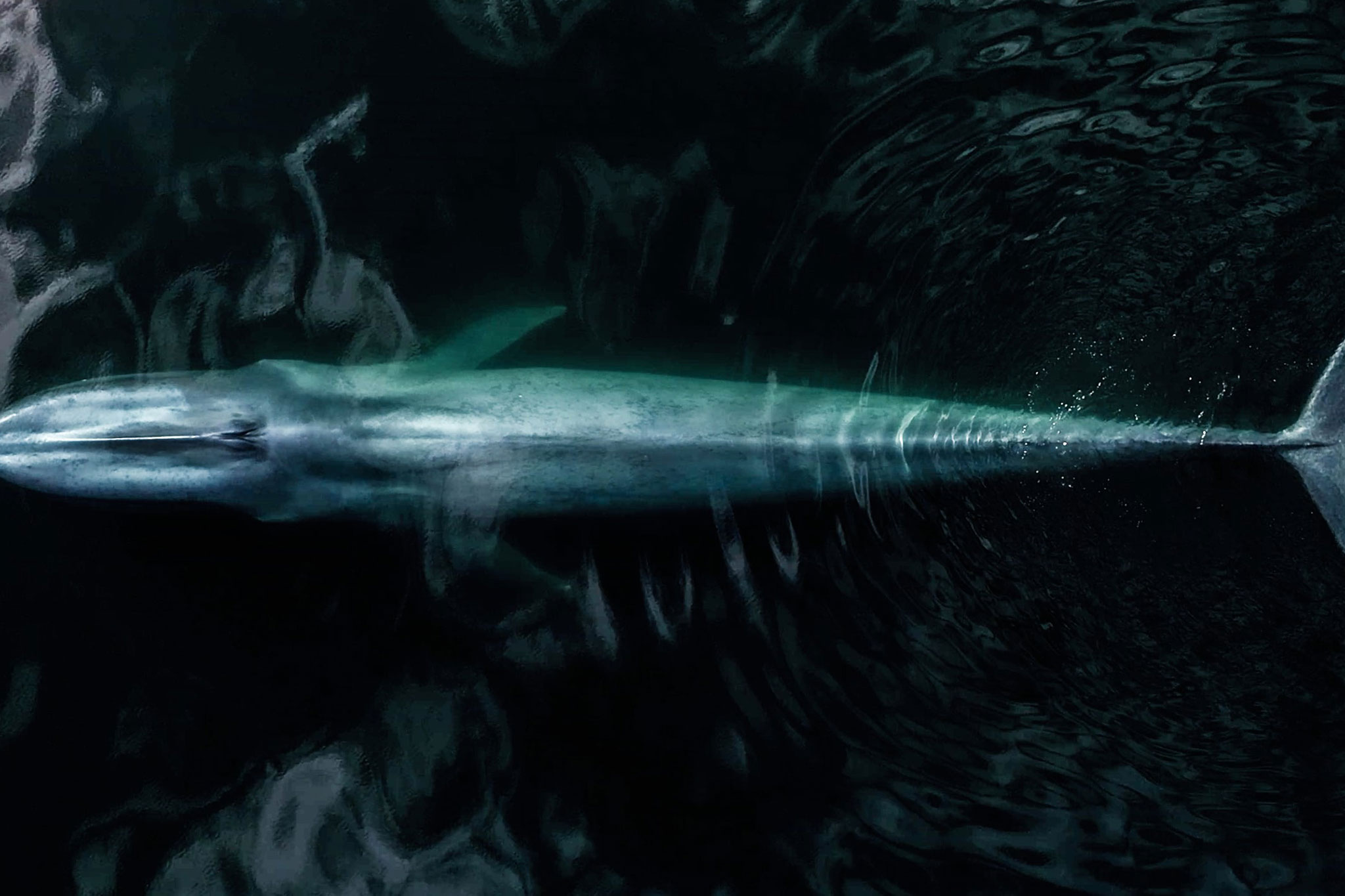A New Perspective on Shark Conservation in the Sea Of Cortez
Before our culture became aware of the indispensable role that sharks play in marine ecosystems, Peter Benchleys novel Jaws, later made into a film by Steven Spielberg, produced great terror around the world, exposing sharks to indiscriminate hunting.
The rapid and immeasurable growth of industrial fishing worldwide, as well as the great demand for their fins in the Asian market, led local fishing communities to concentrate their activity on catching sharks. In recent years, we have learned that sharks have late maturity, slow growth and low fecundity, characteristics that make them highly vulnerable to fishing and compromise their population recovery.
This year, an analysis published in the journal Current Biology concludes that one-third of the worlds sharks, rays and chimaeras are now threatened with extinction according to the International Union for Conservation of Nature (IUCN) Red List criteria. The Gulf of California is no exception; in these waters we have witnessed the heavy fishing exploitation of the 1990s, which depleted shark populations to the point of driving the great hammerhead shark (Sphyrna mokarran) to local extinction and putting other species such as the scalloped hammer- head shark (Sphyrna lewini) in critical danger of extinction. We are far the times when Jacques-Yves Cousteau called this area the aquarium of the world.
Today, the coastal fishermen in the Gulf of California sustains themselves shark fishing. However, their work has become every day more complicated because to find the resource they sometimes need to go out beyond mile 30, spending annually more than $750 USD in fishing equipment, $13,000 USD in the purchase of an engine to start the season and up to $700 USD a month in gas.
Fishing is no longer the activity it was years ago. Before, in a good day, people could earn up to $1000 USD. Today, in an average day, they catch seven to 10 sharks; considering that each one has an average value of $100 USD, subtracting expenses and dividing the profit between the work team (two or three fishermen), each fisherman has an average profit of $30 USD a day.
In the midst of uncertainty about the future of the population, there is growing interest in the economic benefits that live sharks provide for ecotourism, both locally and globally. In response to these current issues, an unprecedented approach is being proposed:
The ORGCAS are a group of women with different professions and profiles, united by the conservation of the seas throughout four main pillars: science, education, sustainable tourism, and communication. We seek to create evidence through research and gather information to provide solutions for conservation, as well as to communicate the importance of marine ecosystems, promoting the care and protection of marine areas starting with the Gulf of Sustainable or conservation tourism is not the miracle solution; we have examples such as Indonesia, where mass tourism killed the value of interaction with the whale shark (Richodon typus). There- fore, it is necessary to work on codes of conduct and good practices, give value to the activity and consider the capacity of the ecosystem, without affecting the species we want to conserve.
In addition, The Shark Project plans that in its next stage the communitys economic activities will be diversified, making them more independent of the tourism seasons and have an integral development mindful of the conservation of their natural resources.
California, we promote a healthy coexistence between humans and nature.
For this reason, at ORGCAS, we started The Shark Project; its objective is to generate more sustainable productive activities for coastal shark fishermen in the community of Agua Amarga, in Baja California Sur. The first phase consists of training the fishermen so that they can provide services to tourists visiting the region; we will support them with planning, material, equipment, and follow-up so that this can be carried out.
Worldwide, coastal communities are proving that sharks are worth more alive than dead in ecotourism. An estimated 590,000 shark watchers spend $314 million USD a year, directly supporting 10,000 jobs. The value of landings shark fisheries worldwide is about $630 million USD. Based on current trends, the number of shark observers could double in the next 20 years, generating $780 million USD in tourism expenditures worldwide.
There are still ten percent of the top predators left. There are still some blue whales. There is still some krill in Antarctica. Theres still time but not much time, to turn things around,
Sylvia Earle.











































































































